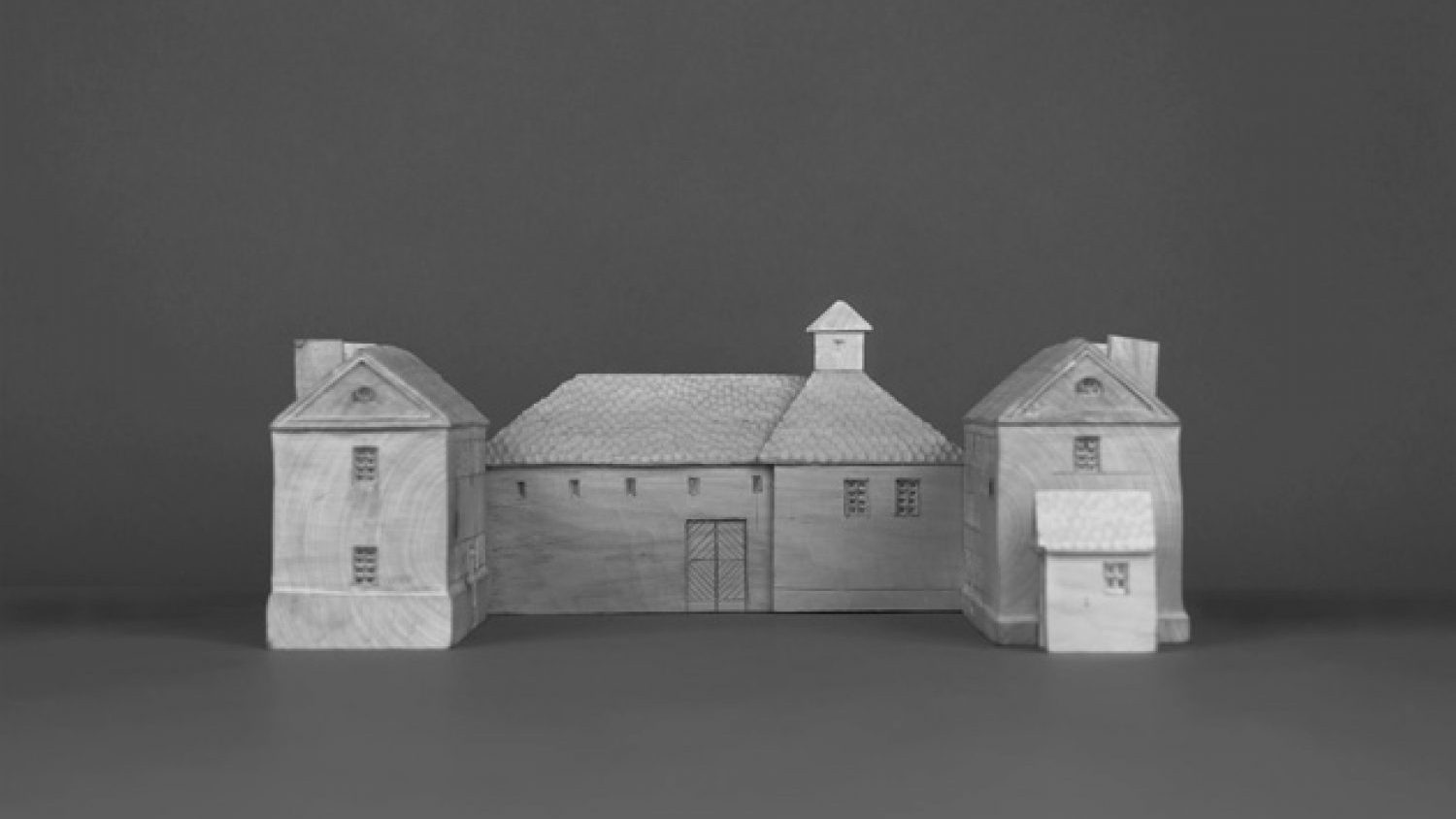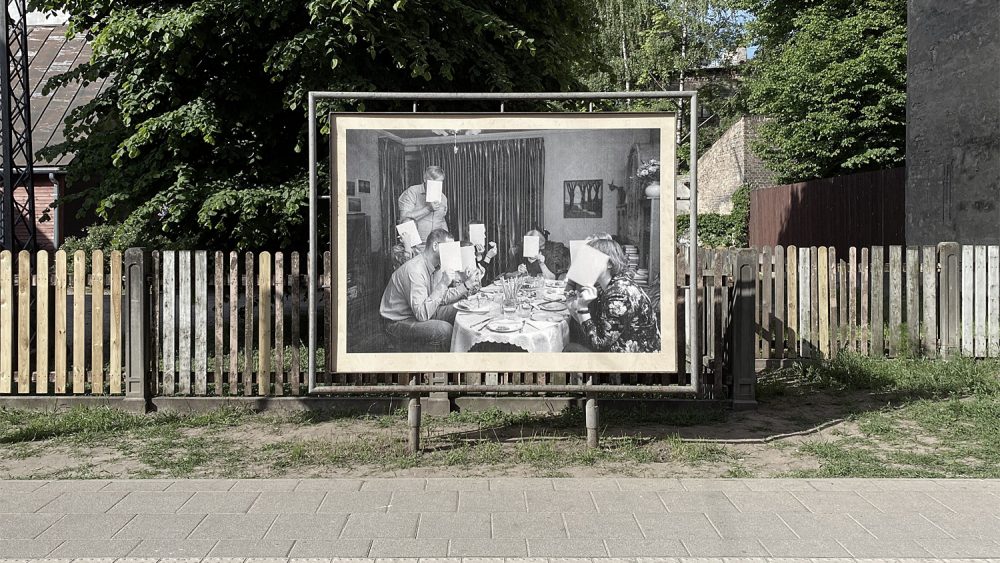Interview with Indre Šerpytytė
I meet up with the Lithuanian born artist Indre Šerpytytė (1983) at the opening of Krakow Photomonth. She is there for her solo show 1944-1911 at the Museum of Contemporary Art. “We need to try the best ice cream in town before I leave,” she says, “when I travel I always like to try out things locals do.”
It really is the best, the mainly Polish-speaking crowd at the tiny kiosk has formed a long queue down the street; almost like Soviet times, we joke. Indre grew up in Lithuania and spent the first eight years of her life under the Soviet regime. At age 14 she moved to England where she has been living ever since.
It’s sunny, and we sit down for a short chat at a square in Kazimierz’ – Krakow’s old Jewish district. The setting ripe for reflection, fitting perfectly with Indre’s work. Indre was recently selected as an emerging photographer for the upcoming edition of MOMA’s New Photography exhibition. Her work has received awards from Les Rencontres de la Photographie, Arles, and the Magenta Foundation, Toronto, recently featured in Conflict, Time, Photography at the Tate Modern and Museum Folkwang, and is held in public and private collections including Photographers Gallery and the Victoria and Albert Museum. The artist is in process of completing her PhD at The Royal College of Art, London, home to one of the world’s most prestigious photography courses.
Navigating both her personal history and that of her native Lithuania, Šerpytytė’s work touches on memory, trauma and loss in its attempt to grasp the complex dynamic between regime and individual. The series A State of Silence is a tribute to her father Albinas Serpytis, former head of the government security who died in suspicious circumstances in a car accident in 2001.
Former NKVD, MVD, MGB, KGB Buildings, from the series 1944-1911, presents wooden models of buildings that were once family homes, but became places of interrogation and torture during the period of Soviet occupation. Indre takes images of the actual houses, sends these to a wood-carver in Lithuania who she has never met, and photographs his miniature replicas at her studio in London. From the same series, Forest Brothers looks at the Lithuanian forest as a place both to hide and to disappear.

Yes, definitely. Before State of Silence I created works that were political, but in a more feminist way. They were more about the female body, my own body. I made State of Silence after I lost my father. It was definitely a shifting point for my whole practice, and lead to the KGB Buildings.
Do you feel like an archivist, in the sense that you present the information available on these houses visually, building a new archive of sorts?
When I started, I didn’t intend to cover every house. The researcher in Lithuania whose research utilizes the project has been working in this area for 20 years, but she has limited funding. I have visited some of the sites she hasn’t been to, so I feel that by creating a new archive I’m adding to her project also. There are over 300 of these houses.
Another artist might create 30 or 40 images to represent an idea, but you have said that you will only consider the work finished when you have all the houses made into models and photographed. Why is this?
I don’t know if it’s ever going to be finished, because there is always going to be missing information. At the moment I have photographed nearly all the sites. I want to go again as I found 20 more, but after that I think it will finish. (Even the Lithuanian government researcher is struggling to find more!).
It has become an obsession. I feel I have to do them all, especially because a lot of them are being destroyed. Architecturally speaking, the houses are not historically important. Even in the last ten years a lot of places have disappeared and on some of the sites new architecture has been erected. I feel this is an important time to gather everything, all the information as it stands now, as in 10-20 years time they might not be there anymore.
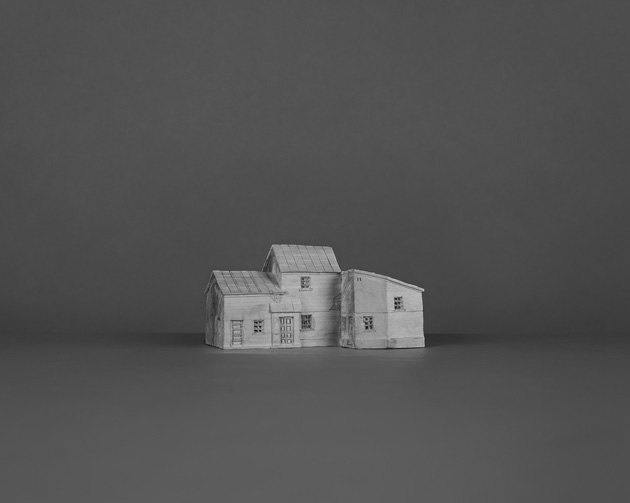
You represent the destroyed houses with the empty backgrounds, right?
Yes. For some I had archive pictures. It was difficult, I was thinking about how best to represent them, as it is important to do so. Around two years ago, I decided that an empty background would be the best representation, because then these sites are still included in the archive; there are quite a few of them.
The fact that you don’t represent them using old photographs is a reminder that these traces of history are quickly disappearing.
Exactly, I had two carvings made from historical images, but I never photographed or used them, because it didn’t feel right. I think the empty backgrounds are the best solution.
I would love to have a show that probably no curator would take on – of just the empty backgrounds. The void of history would be strongly felt. What’s important and what’s not? And who is choosing what’s important. I think it’s a question we need to ask ourselves; as one can never preserve everything.

Could you tell me how the whole idea for 1944-1991 was formed? I find it fascinating that you decided to make these houses into 3D wooden models and then to photograph the models rather than simply photographing a house itself; it became a representation of a representation of a place.
When I discovered the existing archive, I went and visited the houses, but I always knew that the project was not going to be just straightforward documentation of the sites. These houses have been transformed back into homes, hospitals and schools. The sinister history has not remained in these spaces, time has cleansed them.
I also wanted to make a monument for the people. It took me a while to realise how to remake the houses, who to work with and what material to use. I tried all sorts. First I photographed the models in colour, which I didn’t like. When I started to photograph them in black and white, very grey tonality, I thought that was it. It had a feeling of being a monument, representing war. I always imagine war as grey rather than black and white.
The whole process of finding the image in the archive, going to photograph the actual place, sending it to be made into a 3D model, and finally re-photographing, it felt like a process of history. If you think of any story from history, it becomes a myth by being told and retold, parts are pulled out and reconfigured. Through my process I’m representing my view of my inherited history.
Your notebooks are part of the work as well, rather than being solely a research tool.
They were never supposed to be part of the work, I don’t really know how they became part of it. It’s the same with the models – I always thought I was going to destroy them. Everything evolves in this project. I love this fluidity because it’s also how I am growing through this project. I think that letting the process become a large part of the work has brought a new sensibility to the images and their story.
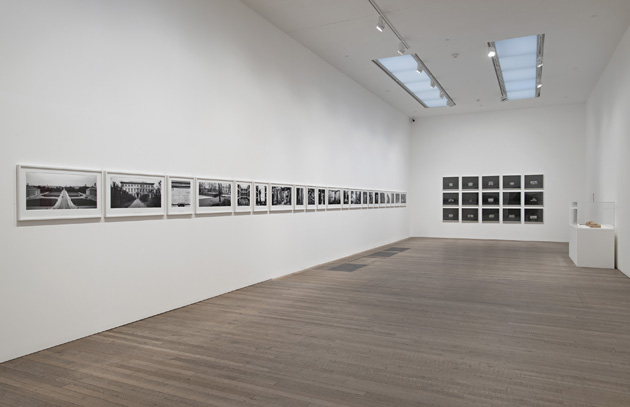
How is your work perceived in Lithuania?
I exhibited it in Lithuania twice and was surprised that there was not much of a reaction, just silence, which was very poignant. What it showed me was that this history is still too close. People want to move on, to look towards the future perhaps and nobody can blame them.
These houses were in every village. Some of them do have a memorial plate or a cross, but not all. In a lot of places the captor’s families are still living there; it’s still very entangled, embedded in everyone’s lives.
It’s history that has touched every family.
Every single family. My uncle and aunt were sent to Siberia, they married there, had children and later returned to Lithuania. My great grandfather was killed in the forest, we don’t know where he was buried. In this whole area – Latvia, Lithuania, Poland – everyone has been touched by it. Maybe our generation wants to figure out what happened because we grew up hearing those stories. My grandparents, they always talked about it, not telling us, but with each other – reminiscing about stories, people they lost.
In your practice, is it important for you to create work related to Lithuania?
I’m doing something else now, related to conflicts in a more global way. If I read a newspaper and see an image from a country in conflict which touches me I will work with it, because that image is part of my everyday life; I don’t have to work just within Lithuanian history. Artists are visual people and ideas come from everywhere; I think you have to be honest on what touches you and what you believe in.
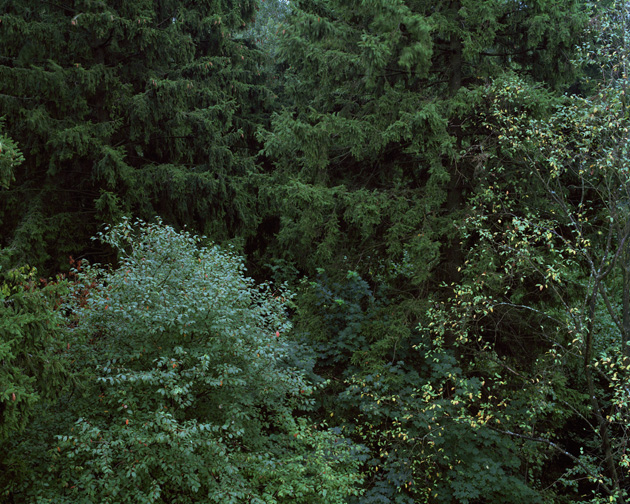
Can you tell me more about the work you are doing now?
I’m working more with painting and sculpture, but it’s still based in photography. It’s an interesting time, exciting and at the same time a little daunting. However the subject matter of conflict and human suffering always remains deeply embedded in all my work.
